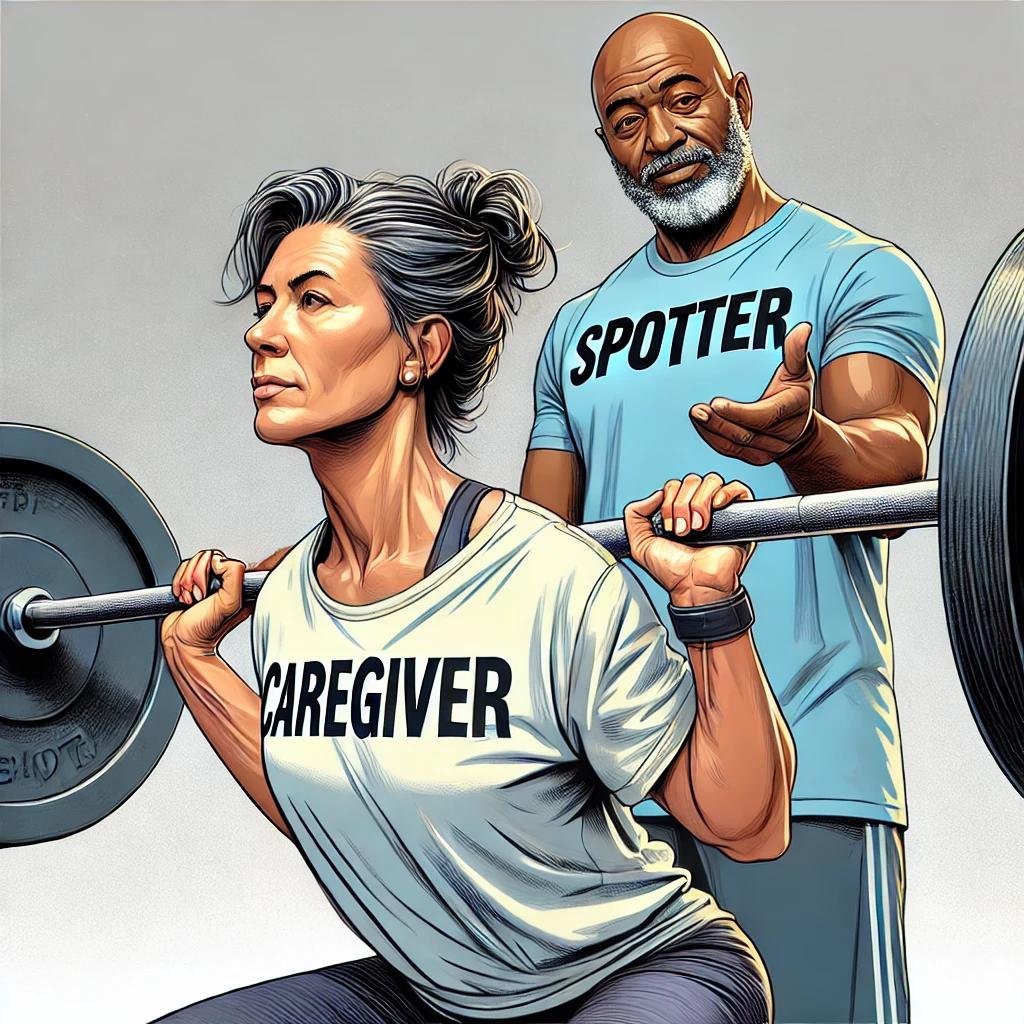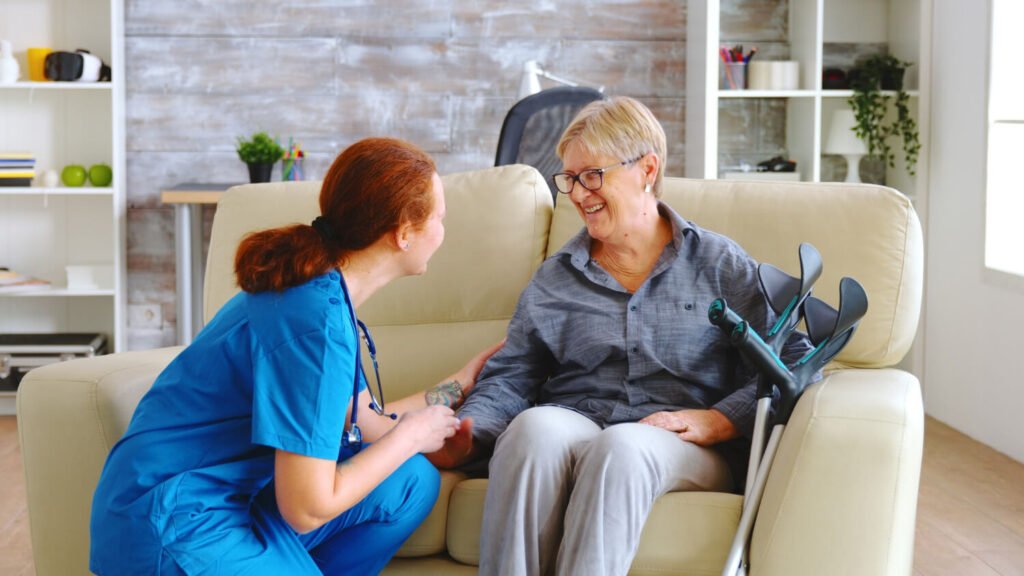
Caring for someone you love is a beautiful thing. But it often comes with hidden costs, especially financial ones. Many caregivers don’t realize how much they’re spending on family caregiving until it starts to affect their financial bottom line.
Across the U.S., millions of family members provide unpaid care. In fact, caregivers contribute over $873 billion in unpaid labor every year. That’s more than companies like Apple or Amazon make in a year.
In this post, we’ll look at why caregiving is getting more expensive. We’ll also share five simple ways to protect your finances while still being there for the ones you love.
Why Caregiving Costs Keep Growing
At first, caregiving may just mean driving to appointments or picking up needed medicine. But over time, that role can grow. You may end up handling bills, giving daily care or managing your loved one’s medications.
Most caregivers don’t get paid for this work. Many even use their own money. Some spend more than 25% of their income on care.
Let’s put that into perspective: If you make $50,000 a year, that’s over $12,000 that’s going to caregiving expenses. That adds up fast.
Hidden Costs That Sneak Up on You

Some costs like prescriptions or doctor visits are easy to see. Others are harder to track. Think about things like lost job promotions, fewer work hours or even having to switch to a lower-paying job to have time for caregiving.
Over time, these changes can cost women caregivers around $295,000 in lost wages. That doesn’t even include lost retirement savings or extra debt.
Many caregivers end up using credit cards or dipping into savings just to get by. These choices can delay financial goals for years.
Why Women and Minorities Often Pay More
Women make up about 60% of caregivers. Many step in without thinking twice, even if it means stepping back from their careers.
Black and Latino caregivers often face more financial strain. Latino families, for example, may spend up to 47% of their income on care. That’s nearly half their paycheck.
Read more about the financial impact on Latino caregivers.
This shows why better support systems are needed. But until they improve, families need ways to protect themselves now.
Why Financial Planning Matters

When caregiving begins, you may not realize how much it will cost. But without a plan, expenses can sneak up and affect every part of your life, from groceries to retirement.
Even if you think caregiving is short-term, it helps to plan ahead. A little preparation now can make a big difference later.
Here are five practical tips to help you manage the cost of caregiving.
1. Understand the full financial picture.
Start by reviewing your loved one’s finances. Talk with them about your findings, if possible. Know what money is coming in and what’s being spent.
Make a list of:
- Income, including Social Security and any pension
- Savings and insurance
- Monthly bills and debt

Also, check for legal documents like:
- Power of Attorney
- A will or trust
- Advance health care plans
These help you avoid confusion later and allow you to make decisions legally if needed.
2. Make a caregiving budget.
Caregiving often means extra spending for things like gas and food. You may even need to account for any unpaid time off work.
Build a budget just for caregiving. Include:
- Medicine and supplies
- Doctor visits and insurance costs
- Transportation
- Home safety tools
- Paid help or respite care
You can use free apps or talk to a financial advisor who knows elder care. Also, track how caregiving affects your personal finances so you can make smart choices.
3. Find free or low-cost help.
You don’t have to do it all alone or pay for it all yourself.
Try these resources:
- Area Agency on Aging: Local services like rides, meal delivery and breaks for caregivers
- BenefitsCheckUp.org: Helps find government programs
- Veterans Aid and Attendance: Monthly support for veterans needing care
- State Medicaid: In some states, family caregivers can get paid
- Disease-specific groups: Help from Alzheimer’s, cancer and other support programs
If it feels confusing, you can ask a social worker or eldercare advisor to help guide you.
4. Boost income and stretch resources.
Even with a fixed income, there may be ways to ease the load.
Check if your loved one qualifies for:
- Supplemental Nutrition Assistance Program, or SNAP, for help buying food
- Medicare Savings Programs for healthcare assistance
- Prescription help for reducing medication costs
Also, review their insurance yearly. In some cases, a reverse mortgage or house-sharing option might help. Just be sure to talk with a financial expert first.
You may also be able to get paid as a caregiver through Medicaid, Veterans Affairs or long-term care insurance. It may not be a full income, but every bit helps.
5. Don’t forget your own finances.
Caregivers often put their own needs last. But don’t forget that your future matters, too.
Protect your finances by:
- Keeping your bank accounts separate.
- Tracking caregiving costs.
- Asking a tax pro if you qualify for caregiving deductions.
- Avoiding early retirement withdrawals unless you truly need them.
- Consulting a financial advisor.
- Using Flexible Spending Accounts (FSAs) or Health Savings Accounts (HSAs) through your employer, if available.
Even small savings add up over time. Your future self will thank you.
Caregiving deserves more support.

Caregivers are doing essential work, and it’s often without pay or adequate training. And while the emotional rewards can be great, the financial stress is real.
So many vulnerable people rely on unpaid family caregivers, yet these caregivers receive little help. Until that changes, families must take smart steps to protect themselves.
If you’re in the thick of caregiving now, know this: You’re not alone. And there’s help out there.
And don’t forget the mental and emotional impact of family caregiving. You’ll need support for that too.
You Matter, Too
Take one small step today. Make a plan, ask for help or start a budget. These little actions can make a big difference.
You’re more than a caregiver. You’re a person with needs, dreams, and a future worth protecting.
Family Caregiving and Finances FAQs
How much is unpaid family caregiving worth in the U.S.?
More than $873 billion each year. That’s about 3.2% of the national economy.
What do caregivers spend the most money on?
Costs include medicine, home care, gas, groceries and safety updates to the home.
Can I get paid to care for a loved one?
Yes, in some states. Programs like Medicaid and the VA may offer payments. Some insurance plans do too.
Are there tax breaks for caregivers?
You may be able to deduct some care costs or use special savings accounts. Talk to a tax professional for more guidance.
Where can I find help near me?
Check with your local Area Agency on Aging, BenefitsCheckUp.org or groups that support specific illnesses.



















